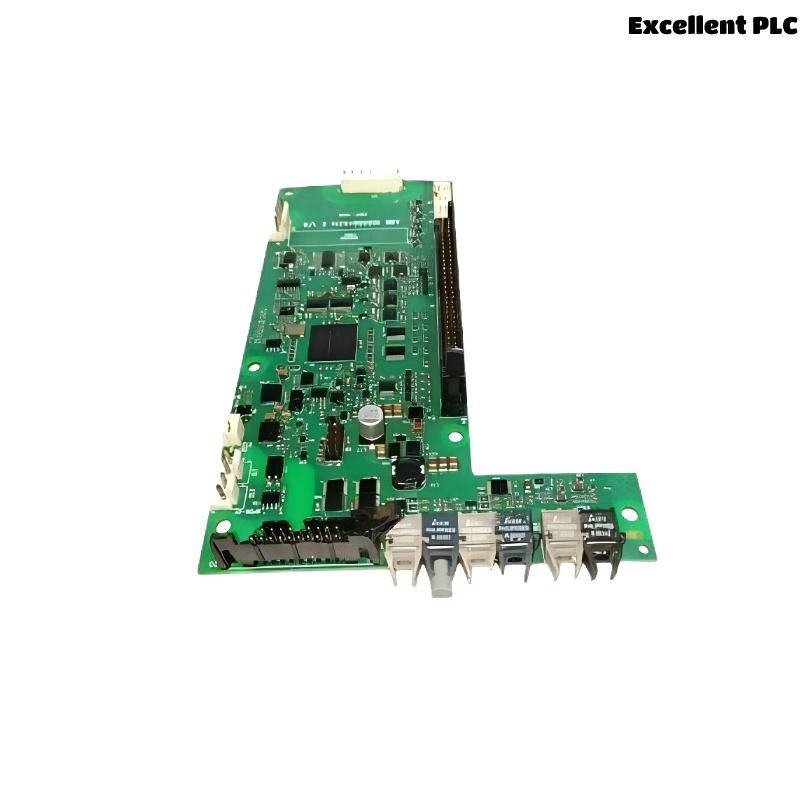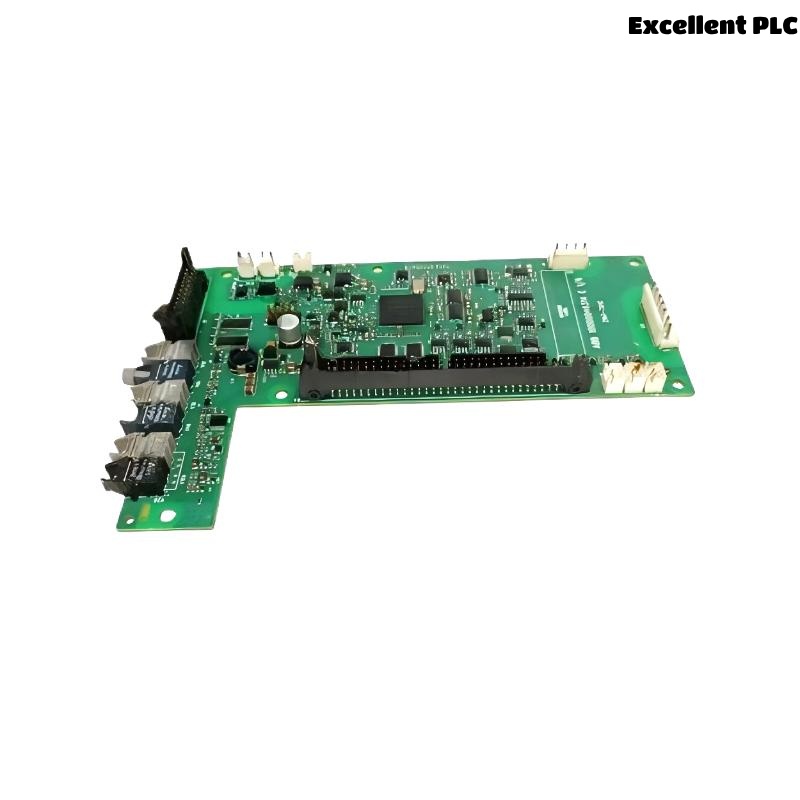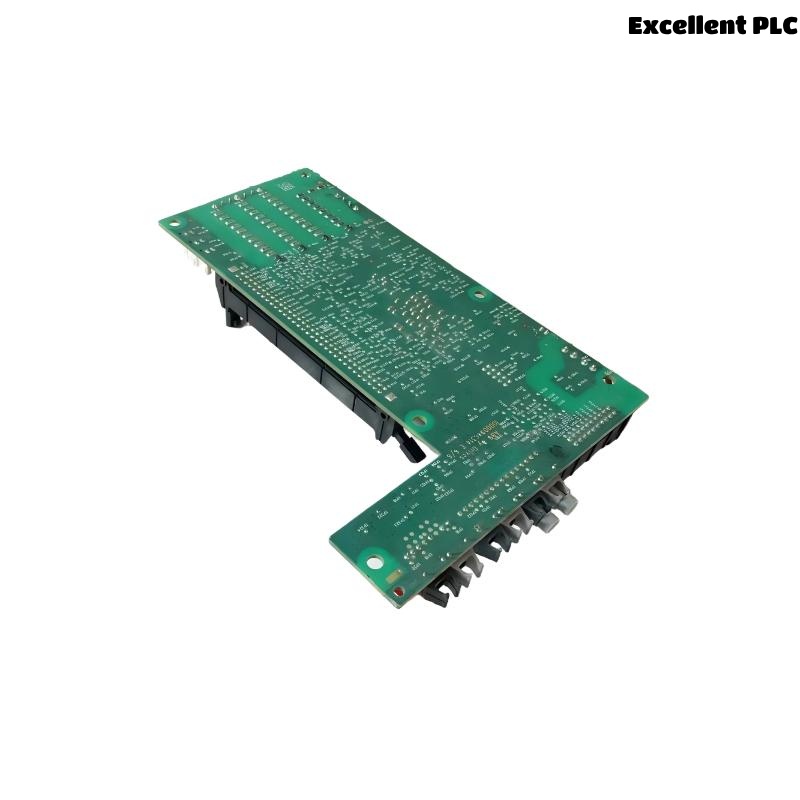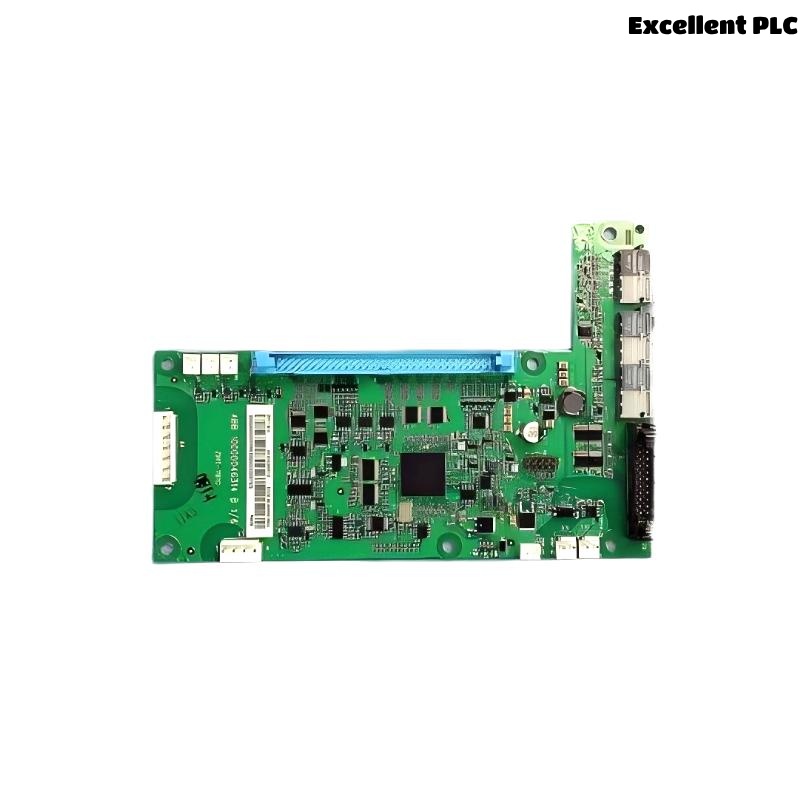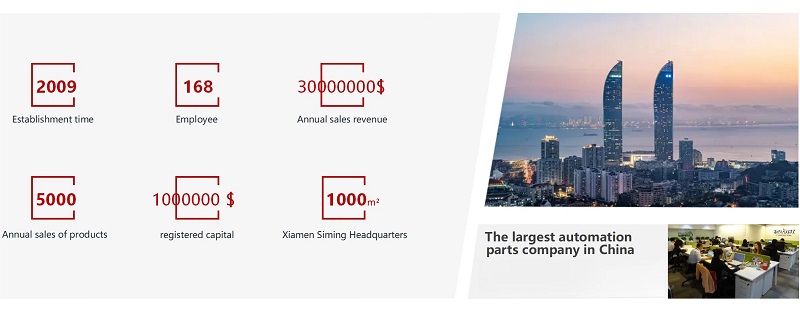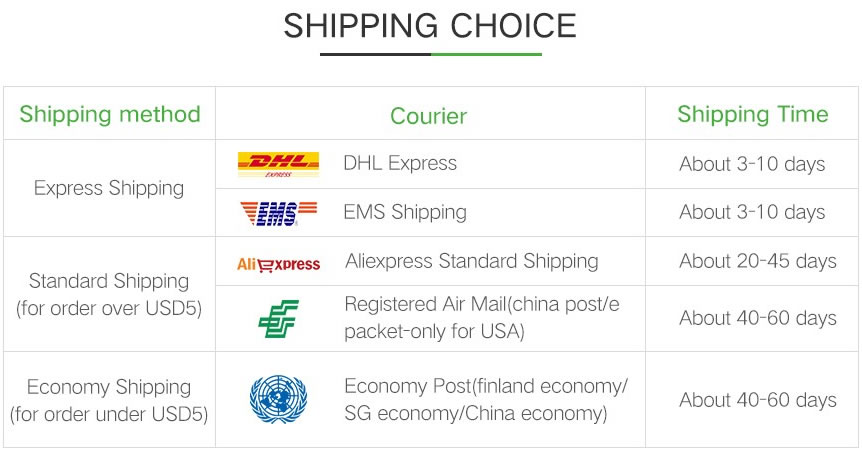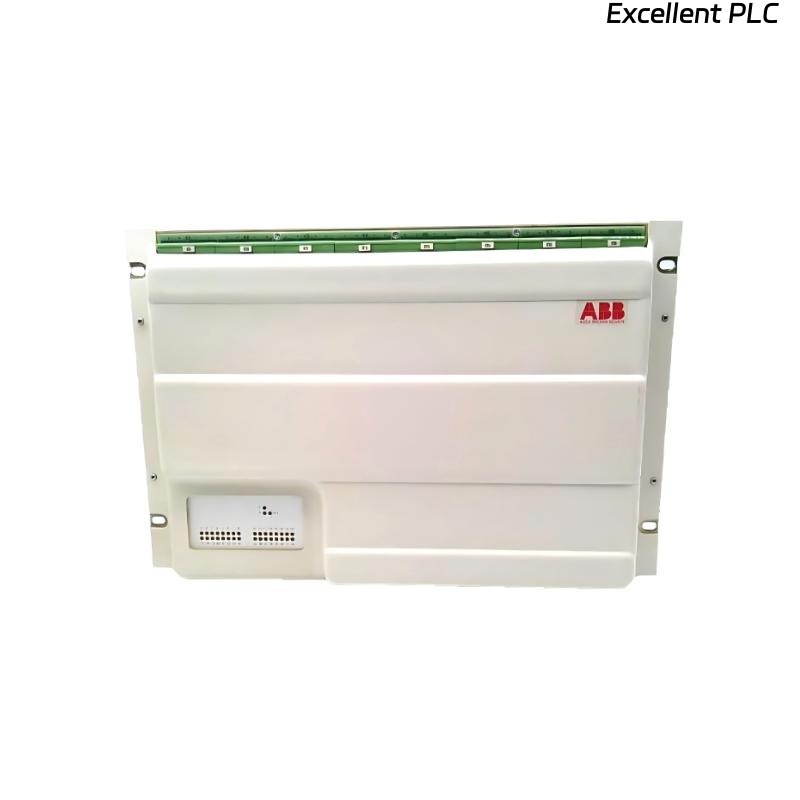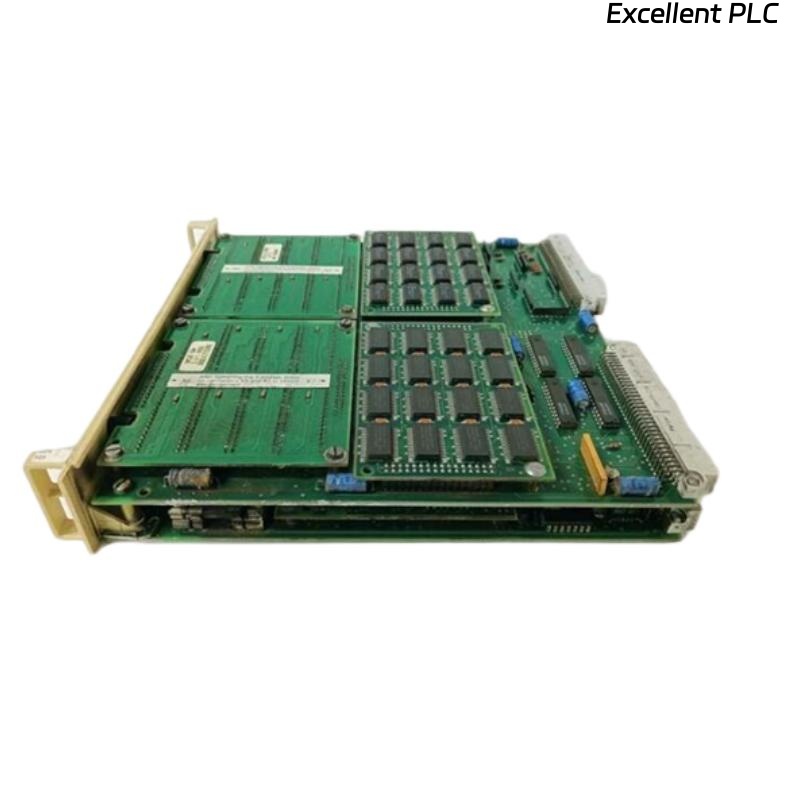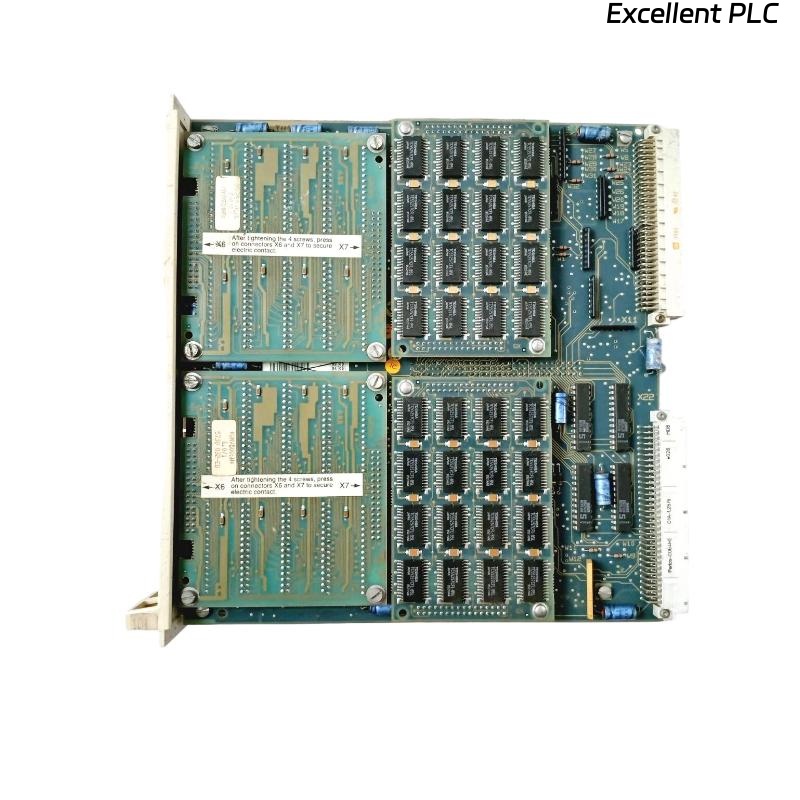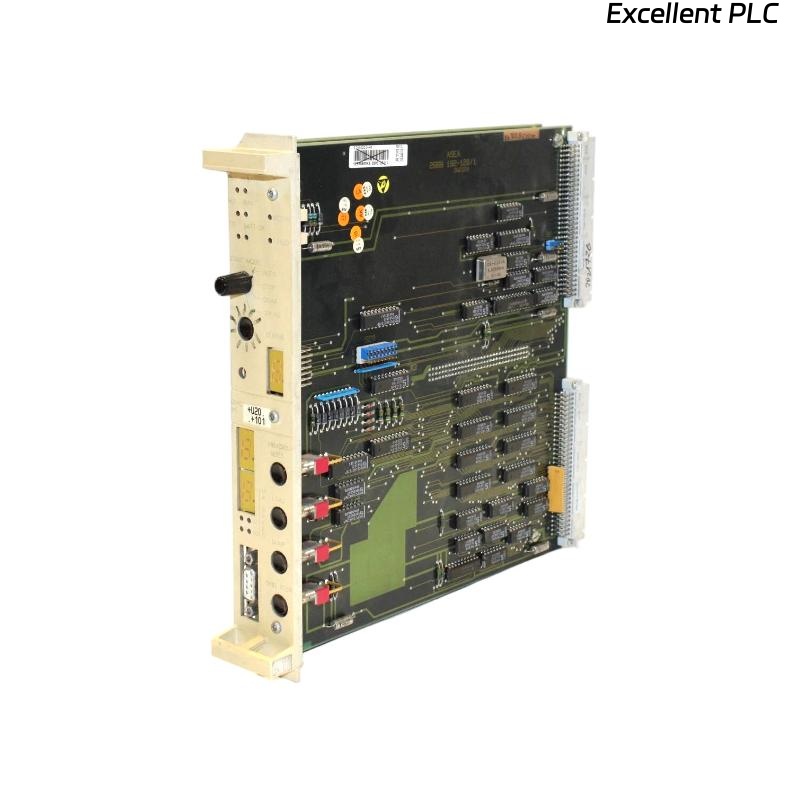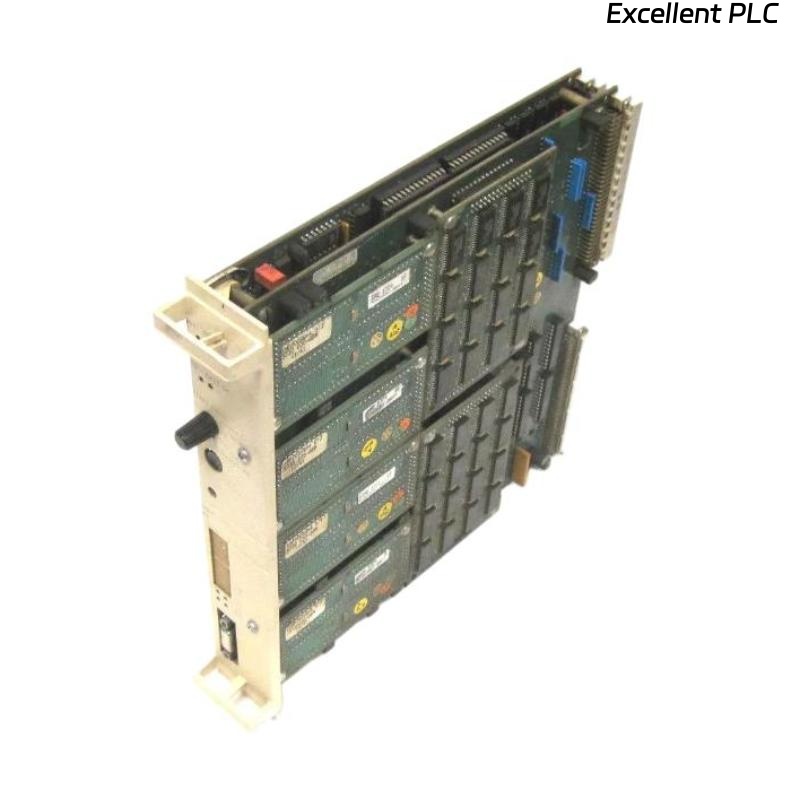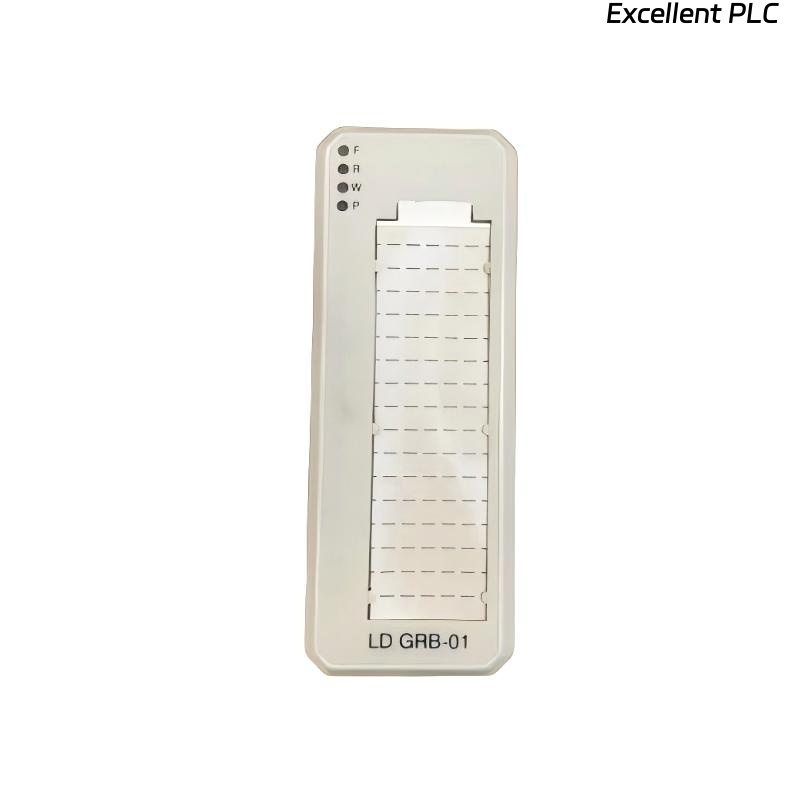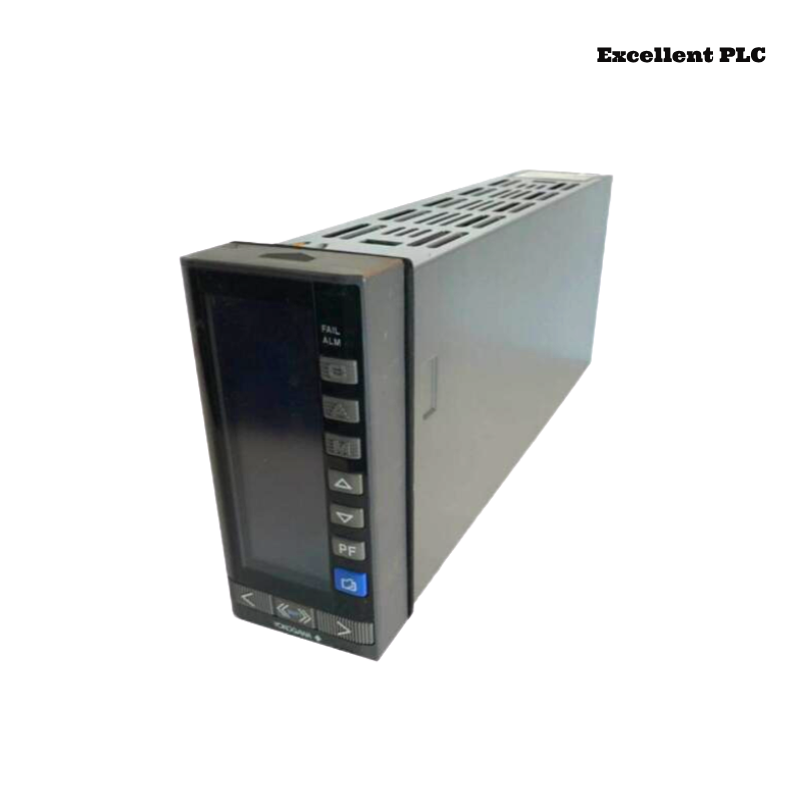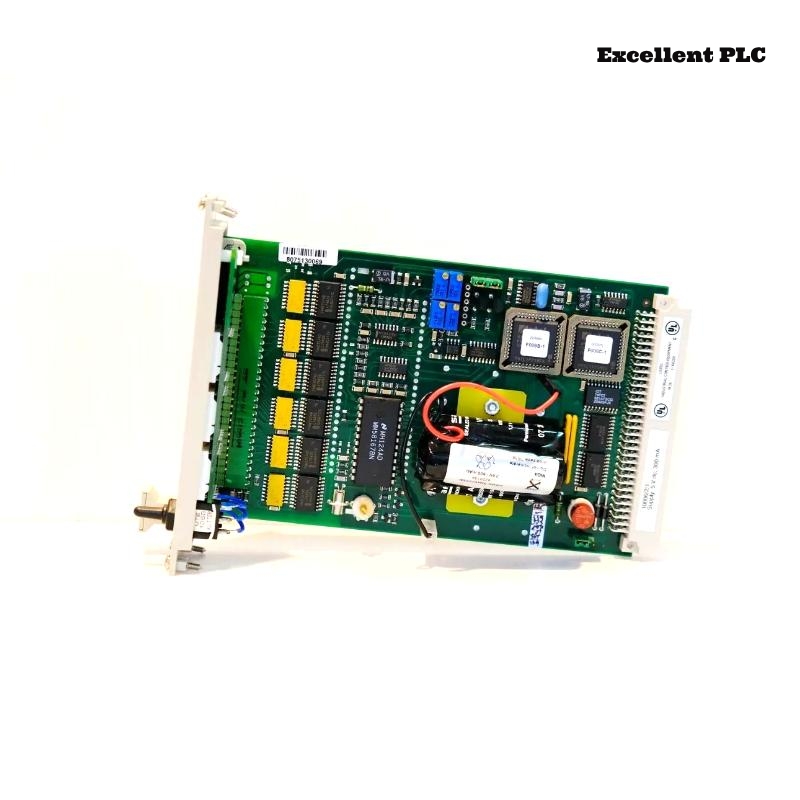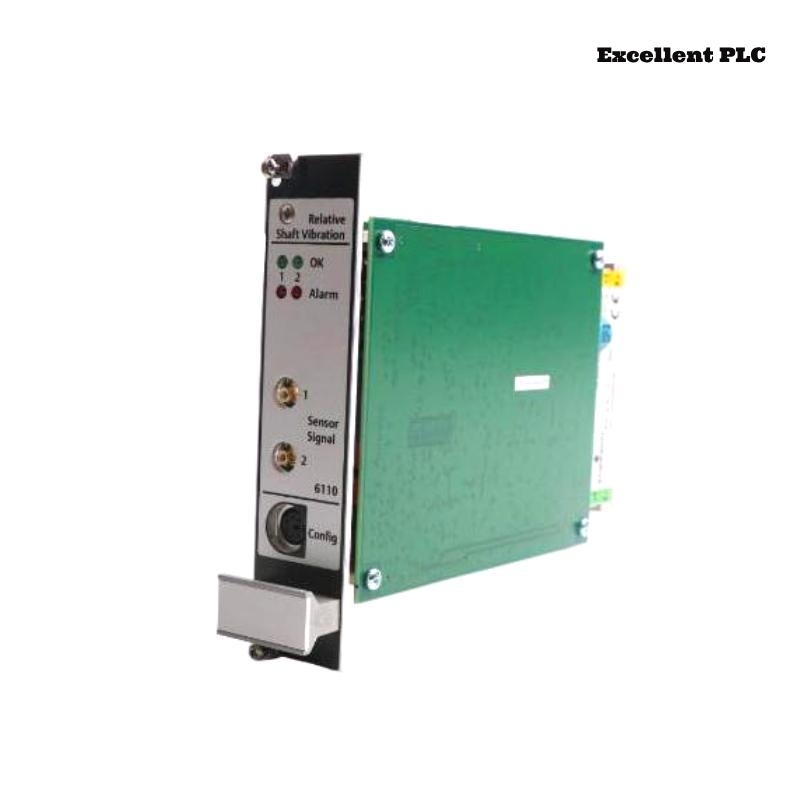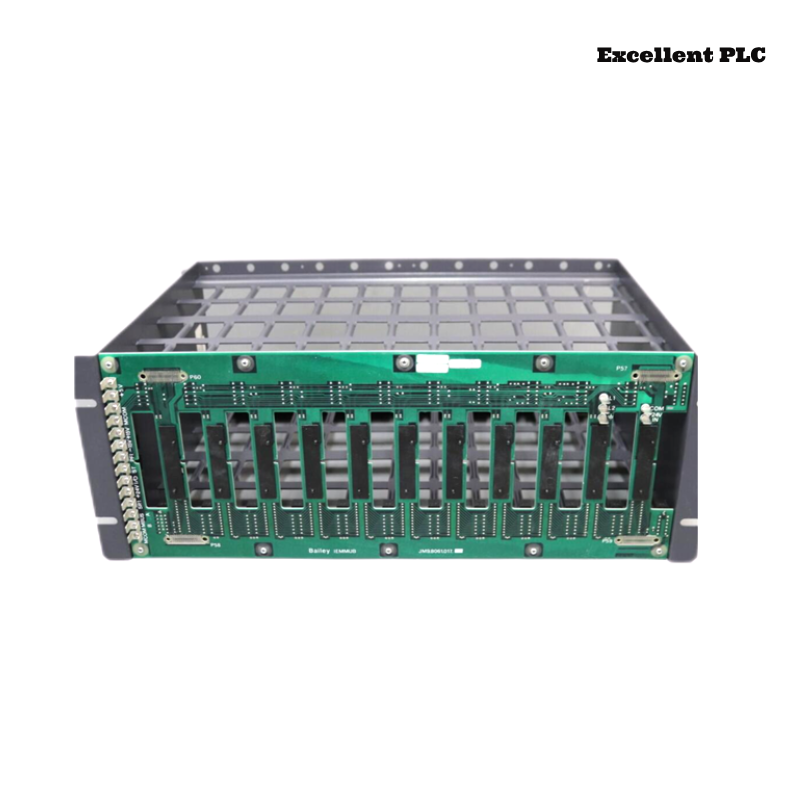| Company Information | ||||||||
| [email protected] | ||||||||
| Mobile | +8613666033393 | |||||||
| +8613666033393 | ||||||||
| 13666033393 | ||||||||
| Add | Room 1004, No. 62 Xiangxiu Li, Siming District, Xiamen City, Fujian Province, China | |||||||
Product Overview
The ABB ZINT‑7B1C+N8205 MC Interface Board (order code 3AXD50000004365) is a compact, multichannel communication module engineered to bridge ABB controllers, drives, and third‑party field devices in demanding industrial environments. Designed around a low‑latency 32‑bit MCU and isolated transceiver architecture, the board guarantees deterministic data exchange across mixed‑protocol networks. A conformally coated PCB, high‑MTBF components, and IEC 61000‑6‑4 EMC compliance make it a reliable backbone for automation systems exposed to electrical noise, vibration, and temperature extremes.
Product Specifications
| Parameter | Specification |
|---|---|
| Model | ZINT‑7B1C+N8205 |
| Order Code | 3AXD50000004365 |
| Interface Type | MC (Multichannel) Interface |
| Supported Protocols | Modbus RTU (RS‑485), CANopen DS‑301, ABB DriveBus |
| Baud‑Rate Range | 9.6 kbit/s – 1 Mbit/s (auto‑negotiation) |
| Galvanic Isolation | 2.5 kV DC field ↔ logic |
| Input Voltage | 24 VDC ± 15 % |
| Steady Current | 0.25 A (typical) |
| Inrush Current | < 2 A, 10 ms |
| Dimensions | 205 × 190 × 30 mm |
| Weight | 0.2 kg |
| Mounting | 35 mm DIN rail, spring clip |
| Operating Temp. | –20 °C to +60 °C |
| Storage Temp. | –40 °C to +85 °C |
| Humidity | 5 % – 95 % RH, non‑condensing |
| Vibration | 5 g, 10 Hz – 150 Hz (IEC 60068‑2‑6) |
| Firmware Update | Field‑loadable via micro‑USB (DFU) |
| Diagnostics | On‑board LEDs, 64‑entry fault log |
Applications
-
Distributed Control Systems – Connects remote I/O nodes and process controllers over long RS‑485 trunks, ensuring synchronized process data.
-
Drive Coordination – Provides deterministic command/feedback loops between ACS and ACS‑S drives and PLCs for line‑shaft applications.
-
OEM Machine Integration – Bridges CANopen motion networks with Modbus diagnostics for packaging, textile, and woodworking machines.
-
Energy Monitoring – Aggregates smart‑meter data and forwards KPIs to SCADA or MES layers in real time.
-
Building Automation – Acts as a protocol gateway between HVAC units, lighting controllers, and security panels, reducing gateway count.
-
Test Benches & Labs – Offers galvanic isolation and surge immunity needed for precision instrumentation in EMC‑rich test cells.
Product Advantages
-
Trim 0.2 kg Form Factor – Light enough for DIN‑rail enclosures where every gram matters, yet rugged for industrial duty.
-
Multi‑Protocol on One Board – Handles Modbus, CANopen, and ABB DriveBus simultaneously; eliminates external gateways.
-
Robust 2.5 kV Isolation – Protects control logic from field transients and ground‑loop interference.
-
Field‑Upgradeable Firmware – DFU utility loads updates without removing the board, minimizing downtime.
-
Low Power Consumption – Typical draw of 6 W eases demand on 24 VDC power supplies and UPS systems.
-
Conformal Coating – Guards against moisture, dust, and corrosive atmospheres, extending service life.
-
Diagnostic LEDs – Per‑channel status lights accelerate commissioning and troubleshooting.
-
EMC Hardened – Meets IEC 61000‑6‑4 Class A emission limits and 10 V/m immunity—ideal for inverter rooms.
-
Tool‑Free Installation – Spring‑lock terminals and DIN clip cut wiring and mounting time by up to 40 %.
-
Global Approvals – CE, UKCA, cULus Recognition, and RCM certifications streamline multinational deployments.
FAQ
-
Which cable type is recommended for RS‑485?
Use shielded twisted pair, 120 Ω impedance, AWG 22–24. -
Is live insertion allowed?
Yes. The board tolerates hot‑swap on powered 24 VDC rails and resumes communication within three seconds. -
How many nodes can one board manage?
Up to 64 Modbus slaves and 127 CANopen devices concurrently. -
What is the default baud rate?
Factory default is 115.2 kbit/s; auto‑negotiation activates on first traffic. -
Does the board log faults?
A 64‑entry circular fault log is accessible via Modbus holding registers 0x3000–0x303F. -
Are termination resistors built in?
Each RS‑485 segment has switchable 120 Ω termination on the terminal header. -
How is firmware updated?
Connect via micro‑USB, open ABB DFU‑Suite, select the firmware file, and flash (typical time < 60 s). -
What is the idle power draw?
≈ 4.8 W with all channels enabled but no traffic. -
Do I need forced cooling?
Natural convection suffices up to 50 °C ambient; above that, ensure cabinet airflow. -
Is a Declaration of Conformity supplied?
Yes. A CE/UKCA DoC ships with each unit and is downloadable from the ABB product page.
Recommended Models — Same Series / Related
| Model | Description | Dimensions | Weight |
|---|---|---|---|
| ZINT‑7B0C+N8205 | Basic MC board, Modbus only | 205 × 190 × 30 mm | 0.19 kg |
| ZINT‑7B1C+N8206 | CANopen‑centric variant | 205 × 190 × 30 mm | 0.21 kg |
| ZINT‑7B1D+N8205 | Dual‑protocol with extended temperature to +70 °C | 205 × 190 × 30 mm | 0.22 kg |
| ZINT‑7B2C+N8205 | High‑speed MC board, 2 Mbit/s Modbus | 205 × 190 × 30 mm | 0.23 kg |
| ZINT‑7B1C+N8207 | Smart diagnostics version with onboard web server | 205 × 190 × 30 mm | 0.24 kg |
| ZINT‑7B3C+N8205 | Redundant‑channel MC board for SIL2 systems | 205 × 190 × 30 mm | 0.25 kg |
Popular ABB Automation Models
| Model | Description | Weight |
|---|---|---|
| ZINT-592 | High-speed MC interface module, supports redundant communication paths | 0.680 kg |
| ZINT-792 | Advanced interface module with extended channel isolation and protocol filtering | 0.700 kg |
| ZINT-571 | Standard MC interface board, compatible with N8205, multi-system support | 0.660 kg |
| ZINT-511 | Dual-channel communication interface, basic model for controller I/O | 0.610 kg |
| ZINT-541 | EMI-shielded interface board, designed for noise-sensitive environments | 0.650 kg |
| ZINT-7B1C | Multi-protocol MC interface board, robust design for industrial field use | 0.630 kg |
 Excellent PLC
Excellent PLC


